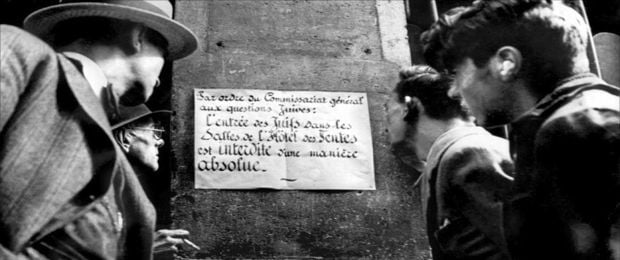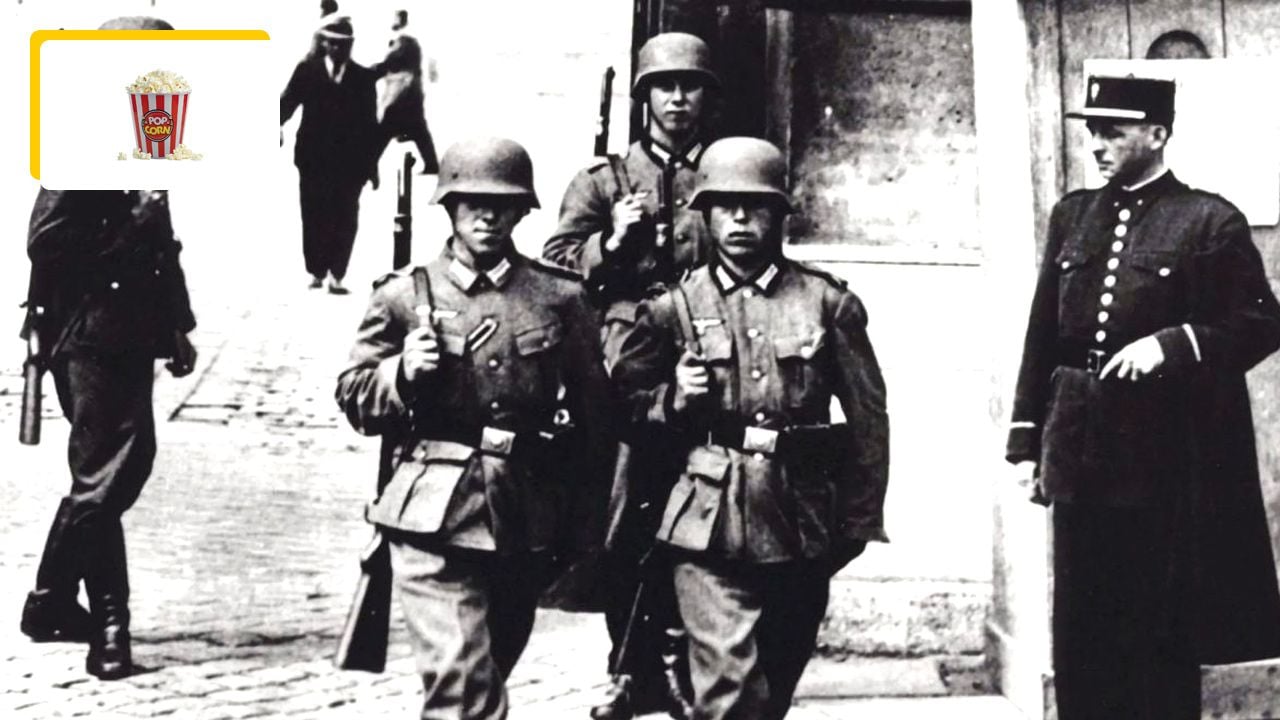Although it is naturally different in form from works of fiction, the emotional field opened up by documentary film can be absolutely devastatingly powerful. Because it deals with things that are sometimes intimate, with questions that deeply surprise and ask us, about our relationship with the world, others, living beings. It also confronts us with our past, holding up a mirror whose reflected image can be both helpful and rarely cruel. This is an occasion of extraordinary grief and sorrow.
Chronicle of a provincial town under Nazi occupation
Nominated for an Oscar for Best Foreign Language Film, Sorrow and Sorrow: A Chronicle of an Occupied French City A true masterpiece signed by Marcel Ophuls. Starting with the Clermont-Ferrand case study, the film depicts life in a provincial town between 1940 and 1944.
The film spreads its factual content over the whole of Auvergne, but also includes testimonies of individuals who played an important role during the war (soldiers, statesmen, key witnesses) or who actively participated in it, not necessarily in Clermont-Ferrand or even Auvergne.
The black-and-white film, which lasts 4 hours and 10 minutes, consists of interviews from the time and images of current events. Those presented without any comment were produced under the propaganda control of the Vichy government, except for the last one. A cinematic interview with Maurice Chevalier, who spoke in English, was addressed to the American public, justifying himself for collaboration with the Germans, followed by images of liberation, punctuated by the joyful song of the famous fantasy. Which ultimately leaves the viewer in a state of real discomfort.
Censorship for over ten years in France
In France, this film was censored on television for more than 10 years. This indeed gives a very negative view of the part of the French population that is more inclined towards Pétain than towards de Gaulle. The French right, as well as the French Communist Party, which wants to emphasize the stable France embodied by General de Gaulle, has often tried to minimize cooperation in order to preserve national unity. That’s how the film was banned from the small screen until the leftists came in 1981.
Released in 1969, the film had a huge impact because it presented French society with an image that the collective conscience was anxious to bury: occupation and collaboration. The film historically represents the first cinematic immersion into the French collective memory of the period of German occupation during World War II.

Marcel Ophuls made it possible for the ideology, which until then practically only mentioned the facts of resistance, to behave much more ambiguously towards the occupier on a daily basis, even sincere cooperation.
By shattering the false monotonous image of a completely resistant France, the film played a crucial role in inaugurating the memory phase of the occupation of the 1970s, and is still seen today as the epitome of the period: the American historian Robert O. Paxton’s Vichy France, translated into French in 1973.
With its starkness and historical scope, 55 years after its release, The Sorrow and the Pity remains one of the greatest documentaries of the 20th century. It is available on VOD and DVD.
Source: Allocine
Rose James is a Gossipify movie and series reviewer known for her in-depth analysis and unique perspective on the latest releases. With a background in film studies, she provides engaging and informative reviews, and keeps readers up to date with industry trends and emerging talents.





